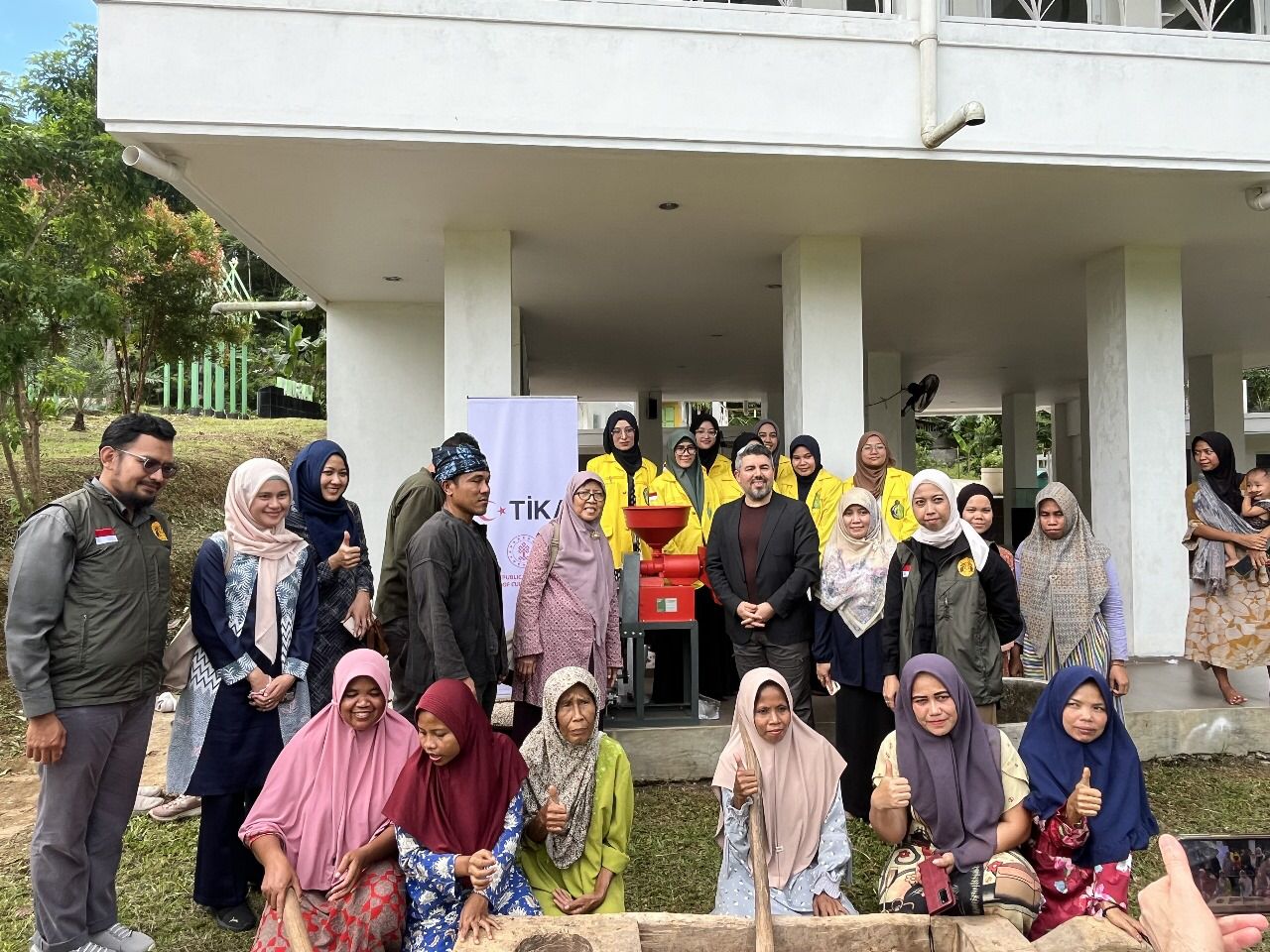The Rector of Universitas Indonesia (UI) inaugurated Prof. Ir. Purnomo Sidi Priambodo, M.Sc., Ph.D., as a permanent Professor in the field of Biomedical Optoelectrotechnics at the Faculty of Engineering, UI, on Wednesday, November 6. Prof. Purnomo delivered an inaugural speech titled “Pengembangan Teknik Tomografi Infrared dengan Metoda Invers Matriks untuk Dekomposisi Citra Biomedis” (Development of Infrared Tomography Techniques with the Inverse Matrix Method for Biomedical Image Decomposition), in which he explained the innovation of infrared tomography technology that can be a safe solution in medical analysis.
Current medical diagnostic technologies, he said, such as X-ray, CT scan, SPECT, PET, and MRI, use high-energy media which, if the dose is excessive, can have a negative impact on health. “Current sophisticated high-resolution medical imaging instruments are expensive and based on high-energy media. These media have quite high penetration power and are able to produce high-quality transmittance images, but all of them are risky for health,” said Prof. Purnomo.
With that background, he and his team designed an infrared tomography technique based on the inverse matrix method that is safer and more energy efficient, using infrared or near infrared (NIR) media that is relatively low in energy. According to him, this technology has quite good penetration power in the human body and is safer than X-ray technology. “In addition to having quite good penetration power in the human body, this infrared media is relatively safe. With the use of infrared media, the energy requirements for medical instruments are lower, the technology is available on the market, and allows for more economical products,” he said.
Another advantage, continued Prof. Purnomo, is the ability of this technology to decompose images into layers of biological tissue components. Current X-ray technology only produces one combined image of the entire biological tissue. “It is hoped that in the future, the decomposition of biological images into constituent tissue images will help doctors diagnose diseases that only affect one particular tissue,” he said.
This innovation allows visualization of the thickness of each tissue through image decomposition, which is taken with an infrared camera. “So with this image decomposition method, it is expected to provide easy visualization for health workers about the thickness distribution of each layer of biological material that makes up a biological unit object,” said Prof. Purnomo.
In addition, he said that the use of machine learning is also optimized in the decomposition process to improve the accuracy of images taken in far-infrared wavelengths. This technology will later be developed to be able to perform 3D image decomposition, which is expected to be more useful for in-depth medical analysis.
“We have developed an infrared tomography technique that is safe and has no impact on health, is portable, energy efficient, and economical. This technology is very promising for medical analysis in the future. The development of this technology, in addition to requiring photonics expertise, will also involve various scientific disciplines, such as imaging or image processing, machine learning, and medical expertise,” said Prof. Purnomo.
Prof. Purnomo’s research has been recognized in various national and international journals, with several recent publications titled Decomposition Technique for Bio-Transmittance Imaging Based on Attenuation Coefficient Matrix Inverse (2024) and Image Decomposition Technique Based on Near-Infrared Transmission (2022).
Prof. Purnomo completed his undergraduate education in Electrical Engineering UGM in 1987, earned his M.Sc. from Oklahoma State University in 1996, and his Ph.D. from the University of Texas at Arlington in 2003. He continues to be committed to producing innovative technologies in the biomedical field for Indonesia and the world.



